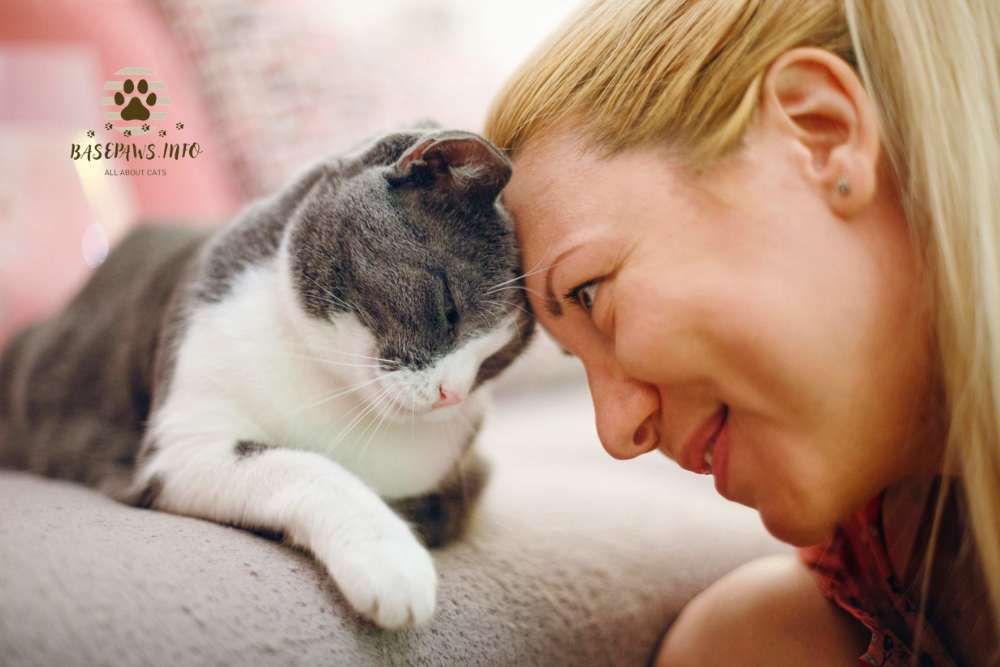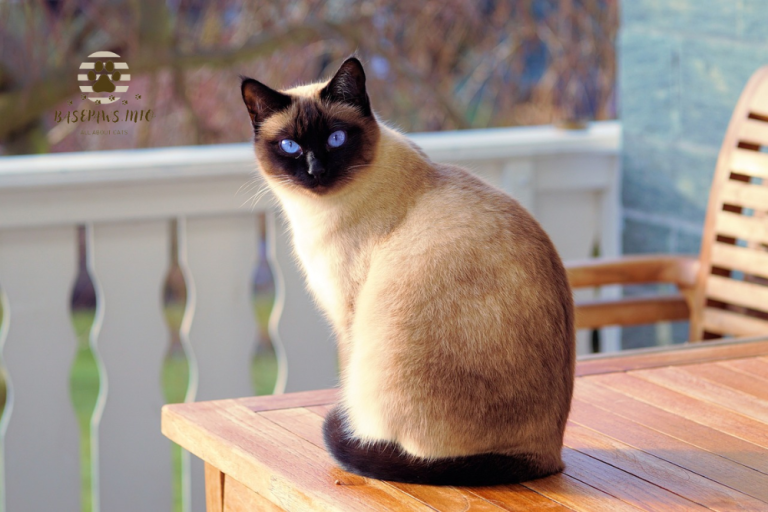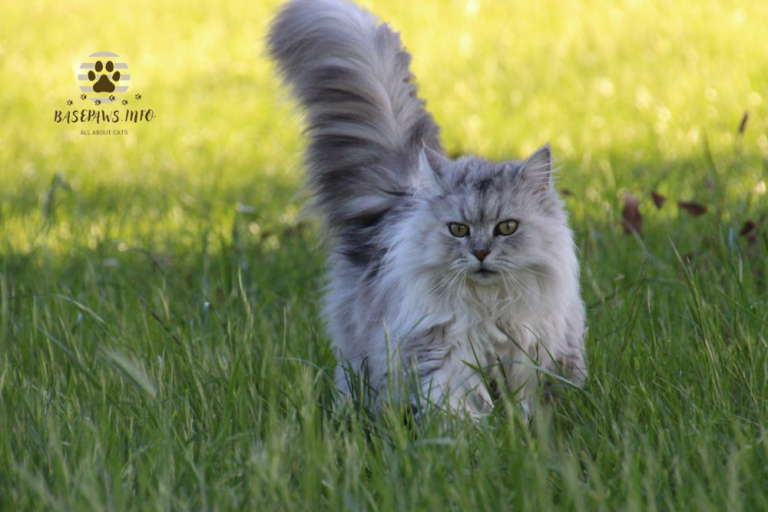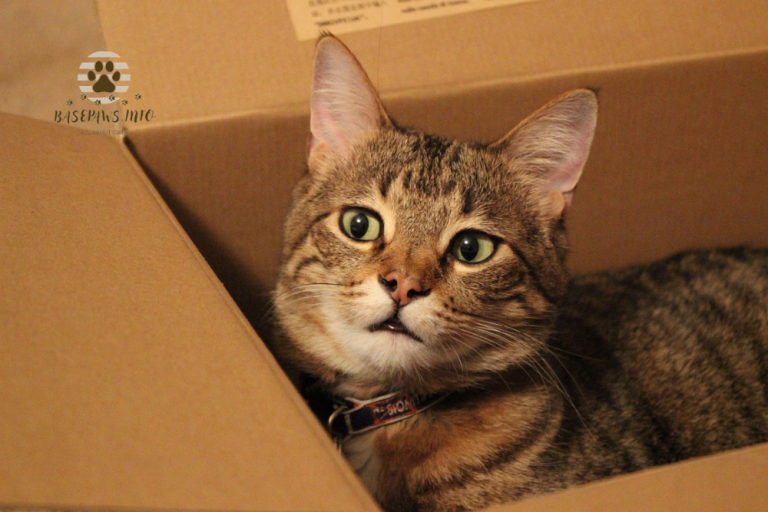Understanding Cat Bunting: What It Means and How to Respond
As a cat owner, you might have noticed your feline friend headbutting you or other objects around the house. While this behavior can be adorable, it often leaves many cat parents puzzled. Why is my cat bunting, and what does it mean? Understanding this unique gesture is crucial for strengthening the bond between you and your pet.
When a cat headbutts you, it can signal various feelings, including affection, territorial marking, or a need for attention. This behavior is part of your cat’s natural communication, allowing them to express their feelings in a way you can understand. Recognizing and responding appropriately to these headbutts can enhance your relationship and help you meet your cat’s emotional needs.
If you find yourself questioning why your cat behaves this way, you’re not alone. Many pet parents want to ensure they’re fostering a loving and healthy environment for their pets. By learning more about cat head bunting, you can improve your interactions and create a deeper bond with your furry companion.
What Is Cat Bunting?
Definition and Explanation of Cat Bunting
Cat head bunting, also known simply as “headbutting,” is when your cat uses its head to nudge or push against you or objects in their environment. This endearing behavior is a way for cats to communicate affection and mark their territory. When cats engage in head bunting, they are sharing their scent, which contains pheromones from glands located near their forehead and cheeks.
Anatomy and Scent Glands Involved
Understanding where these pheromones come from helps clarify why this behavior is significant. Cats have scent glands located on their:
- Cheeks
- Forehead
- Chin
When your cat headbuts you, they deposit their scent, marking you as part of their territory and indicating a bond. This action not only feels comforting for them but also reassures them that you are a safe presence.
Unique Behaviors of Cats: Why Head Bunting Stands Out
Head bunting is just one of many unique behaviors exhibited by cats. Unlike other actions like purring or kneading, head bunting combines both communication and bonding. It signals a range of emotions, including trust, affection, and even an invitation for attention or play.
Understanding Cat Headbutts
Types of Cat Headbutts and Variations in Styles
Cats exhibit different styles of cat bunting, which can vary from gentle nudges to firm pushes. Here are some common types of headbutts:
- Gentle Bunt: A soft nudge, indicating affection.
- Strong Bunt: A firm push, possibly signaling a need for attention.
- Multiple Bunts: A series of nudges, which often means the cat is excited or playful.
The Role of Pheromones in Communication
Pheromones play a vital role in how cats communicate. When a cat headbutts, it deposits pheromones, marking their territory. This behavior is essential for social interactions among cats, as it helps them establish their presence in a shared space.
Why Do Cats Head Bunt?
Bonding: A Sign of Affection and Inclusion
Head bunting is a clear sign that your cat feels comfortable and bonded with you. When a cat headbutts, they are expressing their affection and seeking your attention. This behavior fosters a sense of companionship, reinforcing the bond you share.
Social Ranking: Establishing Dominance and Relationships
In some cases, cat head bunting can also reflect social hierarchy among cats. Cats may use head bunting to assert dominance or signal their status within a group. Recognizing this behavior can help you understand the dynamics between multiple cats in your home.
Scent Sharing: Marking Territory and Communication Needs
By sharing their scent, cats communicate their presence to others. When your cat headbutts you, they are marking you as part of their territory, reinforcing your bond. This scent-sharing behavior is crucial for their emotional well-being.
How to Respond to Cat Bunting
Suggested Responses to Encourage Bonding
When your cat headbutts you, it’s essential to respond positively. Here are some ways to encourage bonding:
- Pet Them Gently: Respond with soft strokes or pets.
- Talk to Them: Use a calm voice to communicate.
- Engage in Play: Offer a toy to reinforce the bond.
Engaging with Your Cat’s Bunting Behavior
Understanding your cat’s behavior can enhance your relationship. When you recognize and engage with their head bunting, you’re affirming their feelings. This acknowledgment fosters trust and affection.
Monitoring Interactions with Other Pets
If you have multiple pets, observe their interactions. Ensure that head bunting is reciprocated among your cats to maintain harmony. Recognizing signs of discomfort can help prevent conflicts.
Head Bunting vs. Head Pressing
Definition of Head Pressing and Differences from Cat Bunting
Head pressing is a different behavior where a cat pushes its head against a wall or object compulsively. Unlike head bunting, which is a sign of affection, head pressing can indicate stress or a medical issue.
Identifying Head Pressing as a Warning Sign
Head pressing can be a sign of underlying health problems, such as neurological issues. If your cat shows persistent head pressing along with other unusual behaviors, it’s essential to consult a veterinarian.
When to Seek Veterinary Help
If you notice your cat head pressing, watch for these symptoms:
- Pacing or restlessness
- Changes in appetite or behavior
- Signs of discomfort
If these occur alongside head pressing, it’s time to visit your veterinarian for a thorough check-up.
What If a Cat Doesn’t Head Bunt?
Reasons Some Cats Don’t Bunt
Not all cats exhibit cat bunting behavior. Factors influencing this can include:
- Personality: Some cats are naturally more reserved.
- Past Experiences: Cats from shelters may take longer to bond.
- Health Issues: Discomfort may lead to less social interaction.
Recognizing Other Signs of Cat Affection
If your cat doesn’t head bunt, look for other affectionate behaviors, such as:
- Slow Blinking: A sign of trust and love.
- Grooming: Cats groom each other as a bonding activity.
- Purring: Often indicates contentment and affection.
Alternative Ways Cats Show Affection
Cats express love in various ways, including:
- Bringing You “Gifts”: A sign of affection and sharing.
- Following You Around: Wanting to be close to you.
- Sitting on Your Lap: Seeking warmth and connection.
Understanding cat head bunting can significantly improve your relationship with your feline friend. By recognizing this behavior as a form of communication and affection, you can respond appropriately to their needs.
Your cat’s head bunting is a unique way to express love and trust. Embrace this behavior and engage with your cat to strengthen your bond.
Importance of Monitoring Cat Behavior for Health Issues
Always monitor your cat’s behaviors for any changes. Recognizing the difference between normal behaviors and warning signs is crucial for their health and well-being.
Additional Resources on Cat Communication
For further reading, consider exploring topics such as:
- Cat Kneading: Understanding this common behavior.
- Purring and Its Meanings: What your cat’s purrs really say.
FAQs about Cat Bunting and Affection
1. Why does my cat head bunt my leg when I come home?
When your cat head bunts your leg as you arrive home, it’s their way of greeting you and showing excitement about your return. This affectionate behavior indicates that they’ve missed you and are happy to see you again. You might notice this after a long day at work or errands; your cat is expressing their joy and seeking your attention.
2. Is head bunting a sign that my cat is feeling anxious?
Not usually! Head bunting is generally a positive behavior associated with affection and comfort. However, if your cat is head bunting excessively, along with other signs of anxiety like hiding, vocalizing, or over-grooming, it could be a signal that they are stressed. For instance, if there’s a new pet in the house, your cat may use head bunting to seek reassurance from you.
3. Can head bunting be a sign of illness?
While head bunting is mostly a positive behavior, any sudden change in your cat’s habits should be monitored. If your cat, who usually head bunts, suddenly stops and shows other signs of distress, like a lack of appetite or lethargy, it could indicate health issues. For example, if your usually affectionate cat starts hiding and not engaging in head bunting, it might be time for a vet visit.
4. What should I do if my cat head bunts me during playtime?
If your cat head bunts you while you’re playing together, it’s their way of inviting you to continue the fun. They might be feeling excited and want to engage further. In response, you could either continue the play session or give them a gentle pet to acknowledge their invitation. This interaction helps reinforce positive playtime and strengthens your bond.
5. Why does my cat head bunt my other pets?
When cats head bunt each other, they are engaging in social bonding and communication. This behavior can signify acceptance and friendship among pets. For instance, if you have multiple cats, you might notice one cat head bunting another to establish or reinforce their relationship. It’s a way of saying, “We’re friends, and I trust you!”







